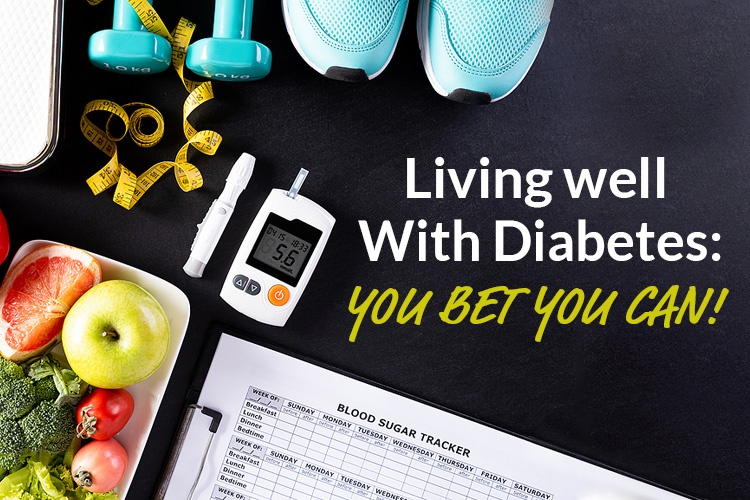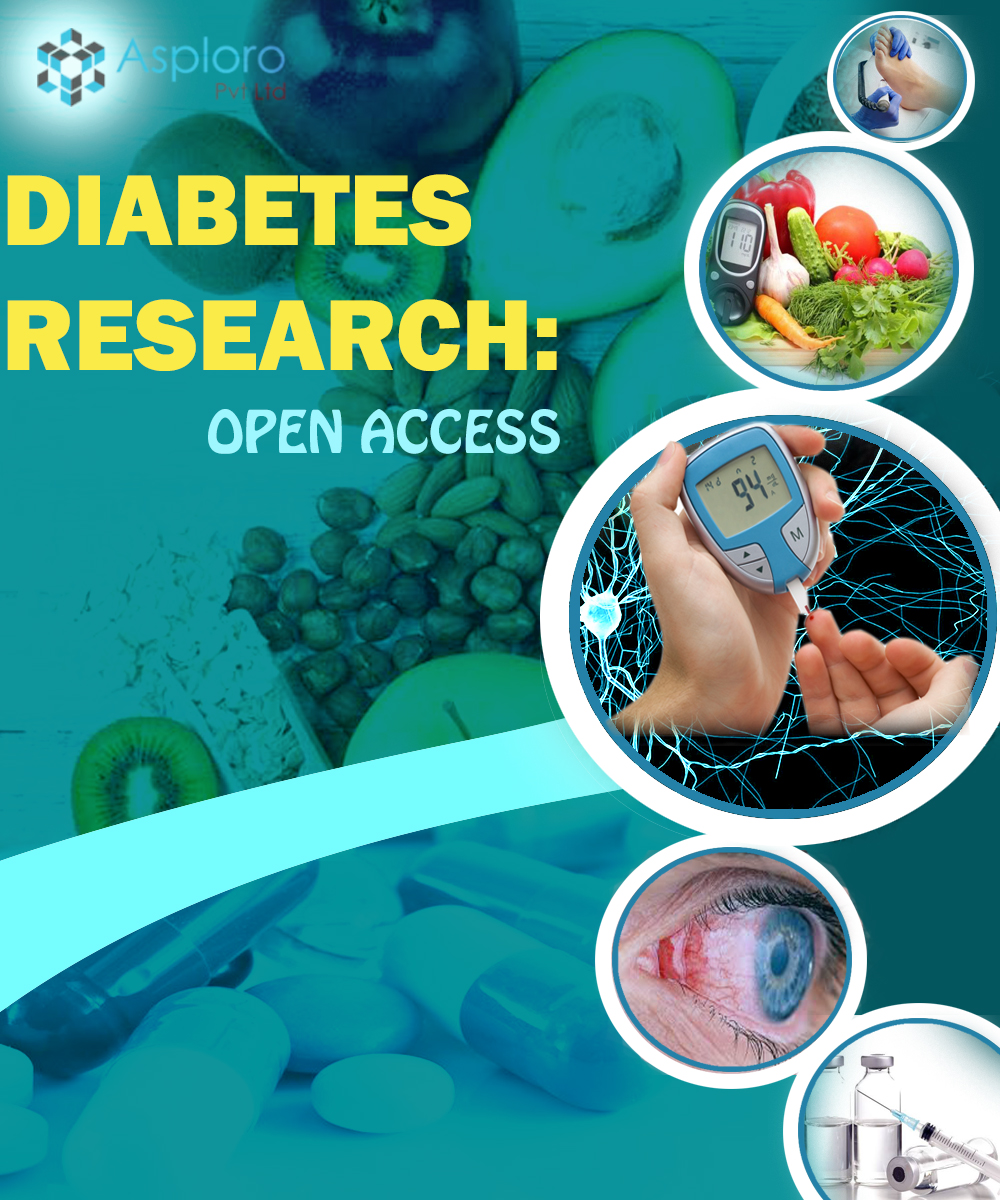For the first time since I started this blog eleven years ago, it’s going to be about me. I was diagnosed with Type 2 Diabetes two weeks ago. While people are happy to talk about their experiences with diabetes, I WASN’T comfortable with talking about diabetes. My wife is Type 2, as are several friends of ours. The “other Type” of diabetes was what caused the death of my Best Man a year after my wife and I got married. He was diagnosed with diabetes when he was a kid. It was called Juvenile Diabetes then. Today it’s Type 1. Since then, I haven’t WANTED to talk about diabetes at all. But…for my own education and maybe helping someone else, and not one to shut up for any known reason, I’m reopening my blog rather than starting a new one. I MAY take a pause and write about Breast Cancer or Alzheimer’s as medical headlines dictate; but this time I’m going to drag anyone along who wants to join my HIGHLY RELUCTANT journey toward better understanding of my life with Type 2 Diabetes. You’re Welcome to join me!
OK – this is sort of a weird research project for me…
I just got done wearing a CGM (Continuous Glucose Monitor) for two weeks, along with a heart monitor that was “glued over me heart”; part of a health study my father started in, my sister and brothers and I became part of, and then were invited to be part of a Generation 2 extension of the original study.
My wife has been wearing a CGM for a couple years now.
In prepping for my by-weekly post, I ran across this headline: “Don’t routinely recommend daily home glucose monitoring for patients who have type 2 diabetes mellitus and are not using insulin.”
WHAT?!?!?!?!?!?!?!
There’s no date on THIS particular article, but it appeared on the website of the AAFP Publications American Family Physician Collections Choosing Wisely 369
Choosing Wisely Recommendations; Topic Collections CME Quiz Blog Multimedia Subscribe Search
So, let me see if I’m reading this right: THERE IS NO BENEFIT TO WEARING A CONSTANT GLUCOSE MONITOR if you’re not taking insulin? Pardon my French, but WTF are we wearing them for? It doesn’t lower your regular blood sugar levels, and as far as I can tell, the article is pretty clear when it writes:
“Self-monitoring of blood glucose is an integral part of patient self-management in maintaining safe and target-driven glucose control in type 1 diabetes mellitus. However, daily finger glucose testing has no benefit in patients with type 2 diabetes mellitus who are not on insulin or medications associated with hypoglycemia, and small, but significant, patient harms are associated with daily glucose testing. [THEY MENTION THIS AND THEN DON’T EXPLAIN IT?] Self-monitoring of blood glucose should be reserved for patients during the titration of their medication doses or during periods of changes in patients’ diet and exercise routines.”
There’s no link to where this study is published NOR does it mention who did the research or where it came from!
After a long search, I FINALLY came to this article: https://pmc.ncbi.nlm.nih.gov/articles/PMC10954850/
“Its headline reads: Continuous glucose monitoring in adults with type 2 diabetes: a systematic review and meta-analysis”
Diabetologia. 2024 Feb 16;67(5):798–810. doi: 10.1007/s00125-024-06107-6
Milena Jancev 1, Tessa A C M Vissers 1, Frank L J Visseren 1, Arianne C van Bon 2, Erik H Serné 3, J Hans DeVries 3, Harold W de Valk 1, Thomas T van Sloten
Copyright and License information; PMCID: PMC10954850 PMID: 38363342
Source: https://pmc.ncbi.nlm.nih.gov/articles/PMC10954850/,
"Continuous glucose monitoring in adults with type 2 diabetes: a systematic review and meta-analysis"
From the first moment I discovered I had been diagnosed with DIABETES, I joined a HUGE “club” that has been rapidly expanding since it stopped being a death sentence in the early 20th Century. Currently, there are about HALF A BILLION PEOPLE who have Type 2 Diabetes. For the past 3500 years – dating back to Ancient Egypt – people have suffered from diabetes. Well, I’m one of them now… Not one to shut up for any known reason, I added a section to this blog…
Every month, I’ll be highlighting Diabetes research that is going on RIGHT NOW! Harvested from different websites, journals and podcasts, I’ll translate them into understandable English and share them with you. Today: Researchers using Artificial Intelligence to help identify at least two SUBTYPES of Type 2 diabetes from Constant Glucose Monitoring devices! (January 7, 2025)
My wife has used a Constant Glucose Monitor (CGM) for several years. I’ve been using it for the past week. Hers was a prescription at the time so she could keep a good bead on her blood sugars. I’m part of the “The ARIC study, which stands for ‘Atherosclerosis Risk in Communities’. It’s looking at the causes and progression of atherosclerosis, as well as variations in cardiovascular risk factors across different demographics like race, gender, and location, by following a cohort of individuals from multiple U.S. communities over time; essentially aiming to understand the factors contributing to heart disease and stroke through detailed examinations and follow-ups.” The goal is to better understand atherosclerosis – which is “a common disorder that occurs when plaque builds up in the walls of arteries, causing them to harden and thicken”. They used to just say, “Hardening of the arteries.” They want to be able to better identify and learn to effectively treat it.
NOW Stanford Medicine researchers have discovered that where diabetes “has long been lumped into two categories — Type 1, often starting in childhood; and Type 2, which occurs in adulthood and is associated with obesity. But it seems that not all Type 2 diabetics have the same problems. It seems that variations in body weight, age of onset, and other characteristics have created a greater numbers of TYPES of Type 2. Stanford Medicine has developed an artificial intelligence-based algorithm that uses data from CGM devices to identify not ONE Type 2, but FOUR. They can now discover three of the four most common Type 2 diabetes subtypes.”
This could be HUGE because over 98 million AMERICANS alone are pre-diabetic; another 40 million are actively dealing with Type 2 diabetes, and I’m one of them.
So, what? We’ve found MORE types of Type 2? Do I have to take MORE pills than I’m taking right now???
Where my Type 2 was diagnosed with a blood draw, the use of the CGM might doctors MORE DATA and give them a chance to make a BETTER DIAGNOSIS.
While at the moment people who have been identified as being Type 2 receive a treatment that is pretty much the same for everyone. But there isn’t ONLY ONE Type 2!
First is the one most Type 2’s are familiar with – “insulin resistant” – which means that my “cells don’t respond to the cues from insulin that results in a buildup of blood glucose.” Another Type 2 results in the liver not making ENOUGH insulin. A third Type 2 appears to be “the result of a defect in the production of incretin, a hormone released by the gut after eating that stimulates insulin secretion from the pancreas.” And a FOURTH Type 2 is “insulin resistance in the liver.”
How they will be differently treated may take some time to devise interventions and plans, but still, the most significant aspect of this discovery, “In addition to higher-resolution data for people with diabetes or prediabetes, using the monitor has other perks. ‘Even if a person with insulin resistance doesn’t develop diabetes, it’s still important to know,’ McLaughlin said. ‘Insulin resistance is a risk factor for a variety of other health conditions, like heart disease and fatty-liver disease.’”
“McLaughlin and Snyder plan to continue testing the algorithm with people who have been diagnosed with Type 2 diabetes and hope that the technology’s broad availability will boost access to care, even when patients aren’t able to make it to a doctor’s appointment.
“We also see this technology as valuable health care tool for people who are economically challenged or geographically isolated and can’t access a health care system,” McLaughlin said.”
Who knows, by the time my kids might begin to exhibit the symptoms of Type 2, their doctors might have a new and more effective plan of intervention?
Links: https://med.stanford.edu/news/all-news/2025/01/type-2-diabetes.html
Links: If you want to know ALL about the ARIC study (my dad was part of the initial study, which included his kids (one of whom was ME); and just began a secondary study following THEIR children as they enter their 50s and beyond). Here’s the link: https://www.sciencedirect.com/science/article/pii/S0735109721047884 Image: https://asploro.com/wp-content/uploads/2019/12/Diabetes-Research_Open-Access.jpg

